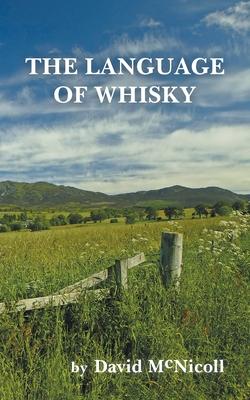Whisky, or "whiskey" if you prefer, is a billion-dollar industry that spans the globe; it is made from New York to Tasmania. Although whisky is an umbrella term that includes everything from Bourbon to Irish and back again, it is most synonymous with Scotch and its success as a brand. But, how did an obscure drink from the far reaches of Europe rise to become a worldwide phenomenon? That's the first question asked in this book. Secondly, most decent bars and stores have a wide range of Scotches, but what do their names actually mean? It's not something we really think about, but it lies rooted in the social history of Scotland. A large proportion of these derive from farm names, which is understandable since whisky was mostly an agricultural by-product. The names, in turn, reflect the various languages historically spoken across the country. Whisky gives us a glimpse into the world of our ancestors and allows us to see that world through their eyes. That's the essence of The Language of Whisky. This book also strips away the veneer of self-proclaimed expert-speak and brings whisky back to where it belongs: hearth, home, and, of course, good company.
David McNicoll was born and raised in the Scottish Highlands; and after leaving Aberdeen University with a geography degree, he went to work at his local distillery: Blair Athol. From there, he moved to Edinburgh, working for a travel company specializing in small group tours of Scotland. In 2004, he set up his own firm called Scottish Routes, which was dedicated to whisky travel. He moved to America in 2010 and has represented several Scotches as Brand Ambassador in New York. In addition, he hosts night classes in the history of Scotland and freelances as a whisky specialist in private tasting sessions across the city.
